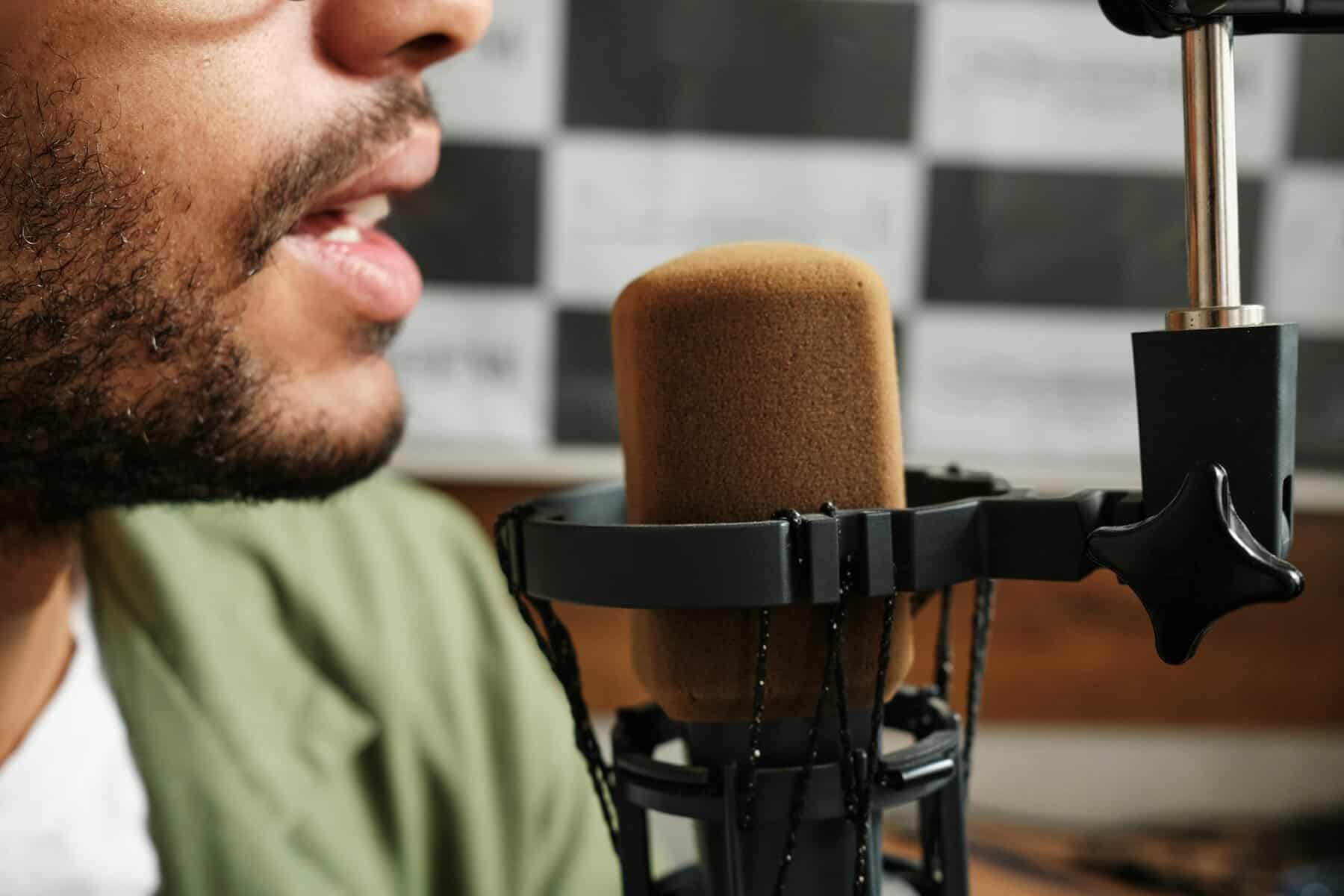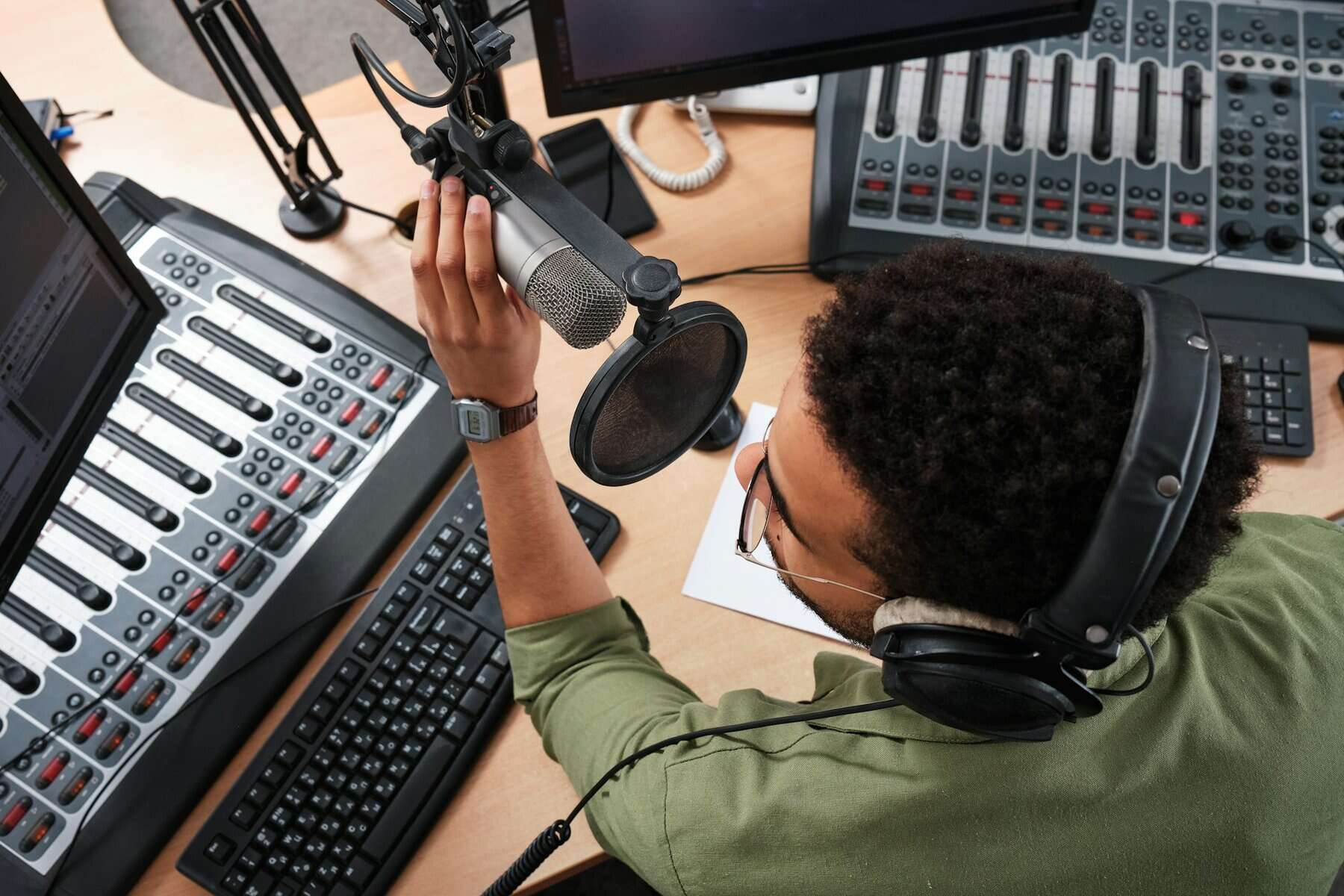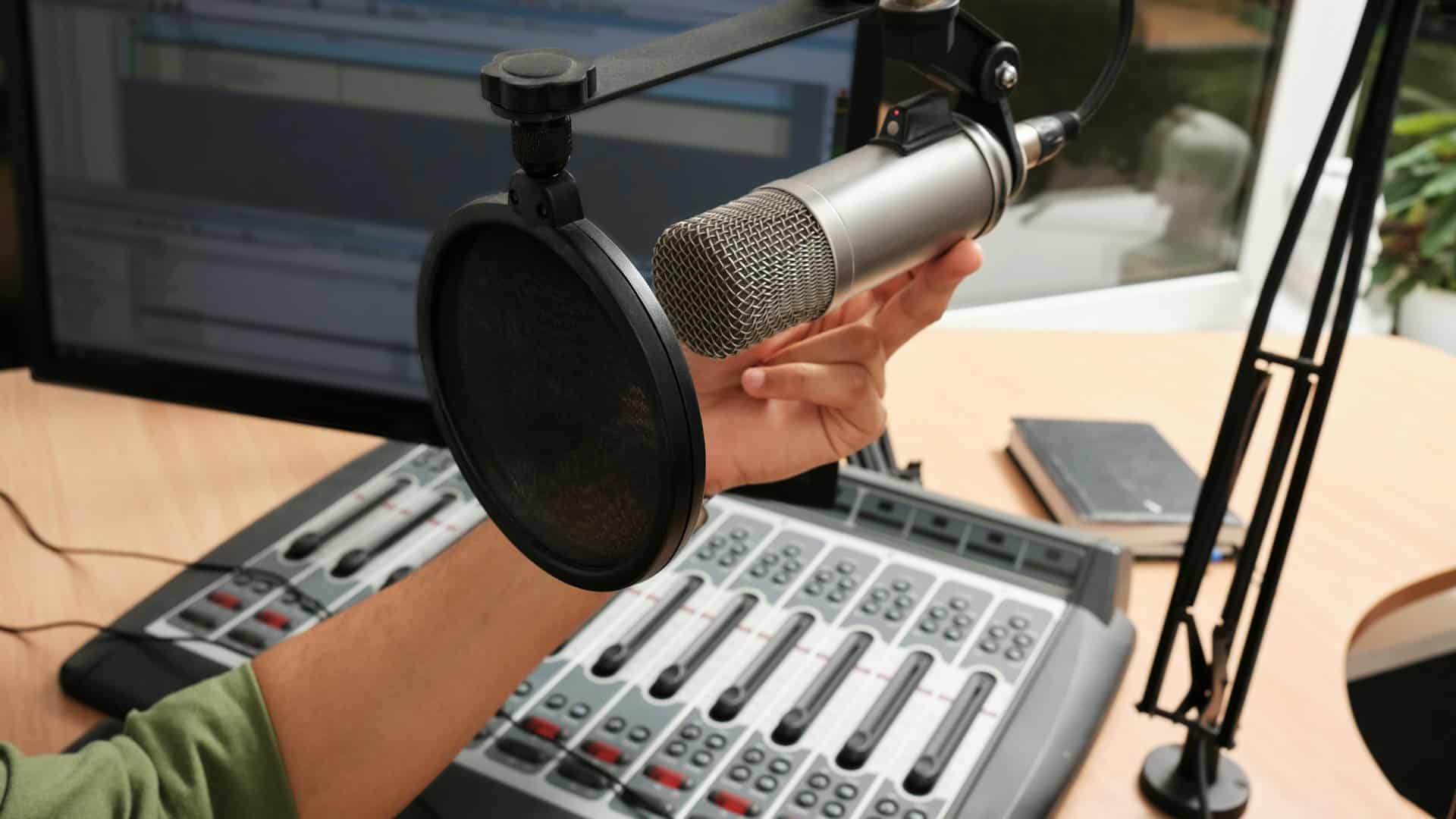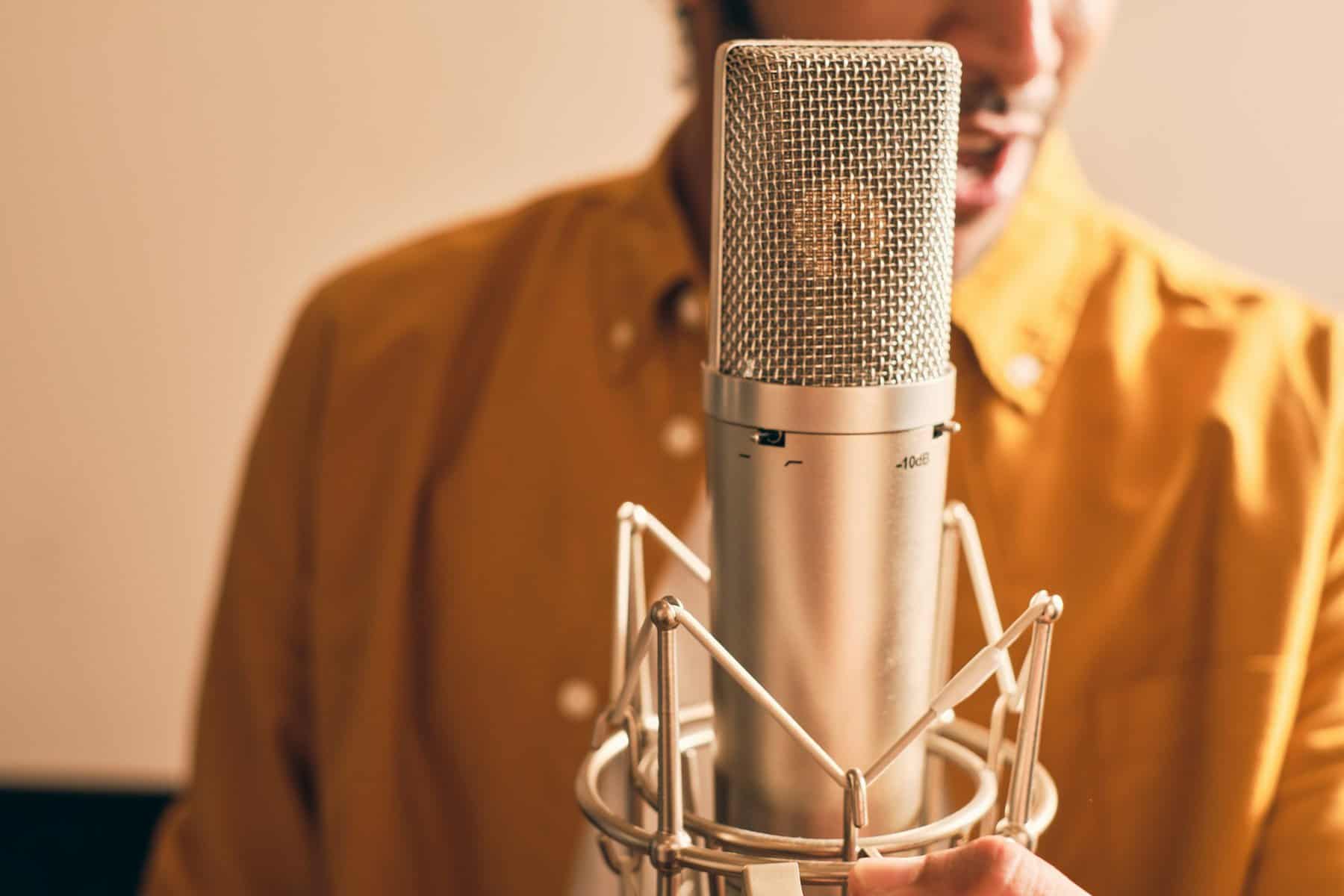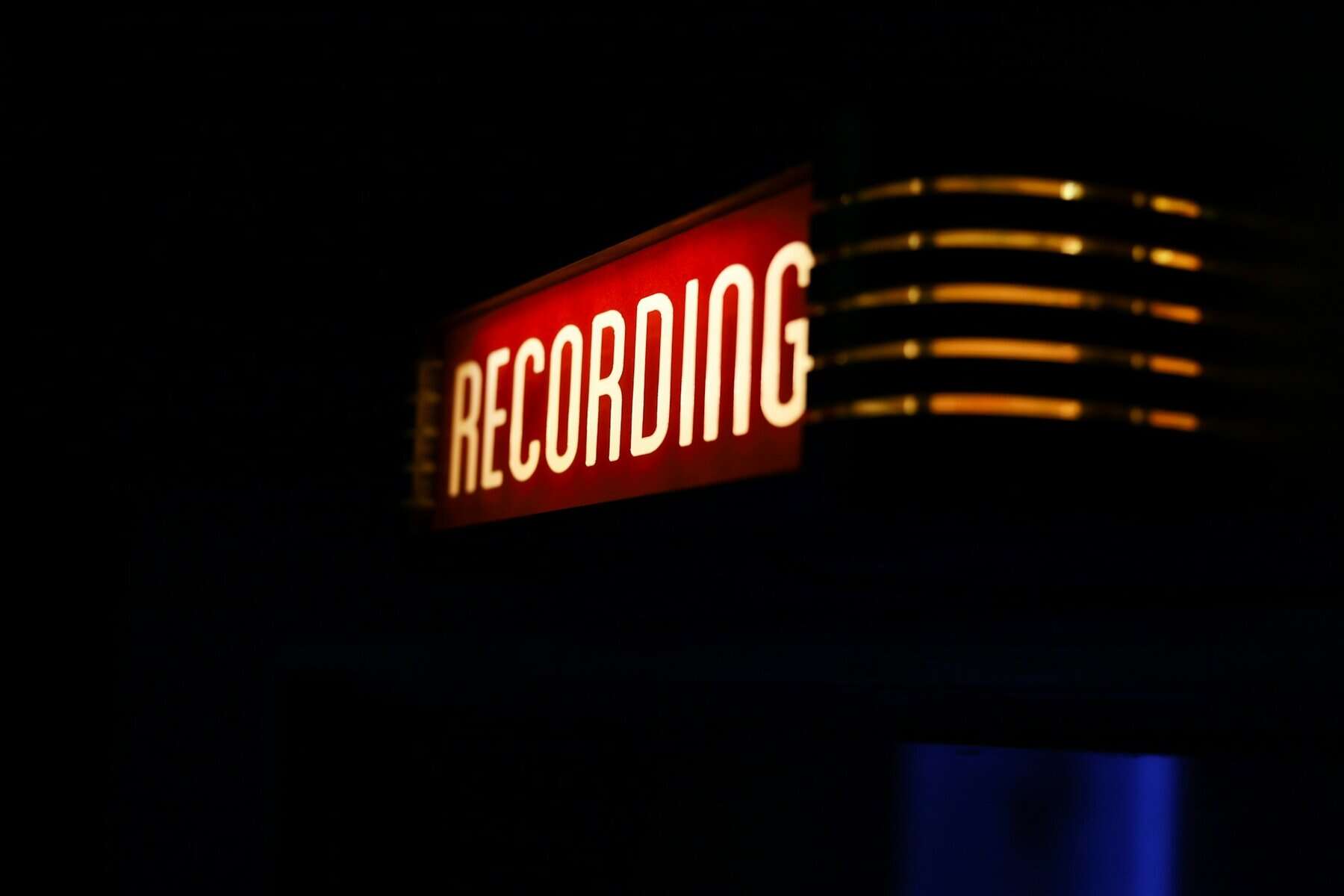User experience, or UX, quietly drives a lot of what makes a business grow through its website. When someone visits a site, they’re not just looking at colors and reading words—they’re feeling something. They want it to be easy to find what they need, click the button that makes sense, and leave the site thinking, “That was simple.” If it’s not, they might not come back. That’s where the real impact of UX lies. It can either keep people on your site or push them away, sometimes before your message even gets across.
Good UX makes the difference between a site that works and one that works well for people. It’s part design, part planning, and a whole lot of knowing what your audience wants to see. Now more than ever, businesses are paying closer attention to how their online presence makes visitors feel. That’s not surprising since smarter UX often leads to more clicks, more sign-ups, and more business. All of these tie back to how your website is built, how it’s managed day-to-day, and how easy it is to use. That’s where the phrase website design and management really comes into play.
The Role Of User Experience In Business Success
What people feel when using your website can strongly affect their decision to stay, explore, or bounce out after one glance. That’s why user experience is more than just visual design. It’s about how everything works together—navigation, functionality, speed, and logic. It makes your website feel useful, not just pretty.
Here’s the connection: when customers find a site that feels easy, helpful, and natural to use, their trust starts to build. Trust turns into time on site, which could turn into a purchase or a message. And over time, this trust becomes loyalty. It all starts when someone arrives and feels like your site was made with them in mind.
Let’s look at one example. If someone hears your jingle on the radio and visits your website out of curiosity, they’ll expect that same energy and message to carry through. But if they get lost navigating tabs that don’t make sense or buttons that don’t work well on their phone, that experience breaks down fast. Consistency between your radio presence and your digital experience helps carry the message through from one platform to another and keeps people interested longer.
Effective UX boils down to a few main ideas:
- Clean and logical structure: Visitors should land on your site and know where to go without a second thought. Confusing layouts just chase people away.
- Fast loading: Slow websites lose interest. People don’t wait. They leave.
- Clear language: Visitors should understand your message right away, without digging through long paragraphs or technical mumbo jumbo.
- Mobile-friendly design: Your site should work just as smoothly on phones and tablets as it does on laptops.
If your website keeps people curious, helps them move through naturally, and plays nice on every device, you’re well on your way to creating a better user experience—and that gives your business room to grow.
Key Principles Of Effective UX Design
Design isn’t just about color choices and fonts. It’s about how a website moves, feels, and speaks to visitors. UX design helps shape every one of those details. People want websites that are easy to use, fast to load, and don’t make them work too hard to find what they came for.
Here are the main things every business website should focus on when thinking through UX:
1. Smooth navigation: Make navigation logical. Keep menus where people expect them, group content into clear sections, and avoid hidden or complicated paths. If someone has to click too many times to get to basic info, they won’t come back.
2. Mobile-ready layout: More people visit sites on their phones now than ever. But a site that looks nice on desktop might look messy on a small screen. Make sure your pages resize correctly, images load cleanly, and buttons are easy to tap—not tiny targets meant for a mouse.
3. Fast load times: Even a few extra seconds waiting for a page to load can lose someone. Compress large images, avoid too many pop-ups, and clean up any junky code behind the scenes.
When all of these parts are in sync, visitors feel like the website was built for them. That ease of use encourages people to stay longer, explore more, and trust your content.
UX is one of the few areas where small design decisions can have a large impact on how people feel about a brand before they even speak to anyone from your team. The good news? These improvements aren’t invisible. Once they’re made, you will notice the shift. And your site visitors will too.
Combining Aesthetics and Functionality
Creating a successful website draws from both sides of the brain. It blends the artistic and the functional. A site needs to look appealing to the eye, but it must also work well. Imagine visiting a beautifully designed website that takes forever to load or navigates like a maze. The visuals may catch your interest, but poor functionality will push you away. So, aiming for a balance where form meets function is key.
Good aesthetics can greatly influence how users feel about a brand. Clean design, thoughtful typography, and cohesive color schemes invite users to engage. They help convey trust and professionalism without a single spoken word. But design doesn’t end with visual appeal. It needs to mesh with practical usability features, like easy-to-find navigation buttons and clear calls to action. Think of a storefront: it’s the inviting window displays that draw people in, but it’s the practical layout inside the store that leads them to what they really need.
The functional side is where your website proves its worth. Your visitors want quick load times, sections that make sense, and content that doesn’t require a map to find. They want to scroll with ease, find information fast, and feel no doubt about what they’re about to click.
Integrating UX Design in Website Management
Part of keeping your website effective is ongoing management. Websites should not be set and forgotten. Just like a well-tended garden, they require regular attention. This means routine checks to ensure everything runs smoothly and updates that make sense for your visitors.
Feedback from users can offer valuable insights. Listen to what they say about their experience. It’s like getting insider information on how to keep them coming back. Adjustments based on this feedback can turn minor complaints into swift solutions.
Here are a few tips for maintaining a user-focused site:
- Perform regular updates: Keep content current and in line with user interests.
- Use analytics: This data helps track what works and what doesn’t.
- Conduct usability tests: Find out firsthand where users struggle.
These practices help make sure your UX design continues to meet user needs and makes your website a place people enjoy coming back to.
Enhancing User Experience Through Professional Help
Sometimes, to create the best experience for your audience, it’s a good idea to seek help from those who specialize in UX design. Professional agencies can offer fresh eyes and a wealth of experience to streamline and improve your site’s overall function and feel. By having someone who knows the ins and outs, your website can avoid common pitfalls.
Professionals bring a mix of creativity and problem solving. They focus on turning complex user journeys into simple, effective paths. This advantage makes sure visitors feel understood and valued. With the right planning and execution, a professional touch may just be the edge your business needs to stand out.
If you’re thinking about taking the leap into enhanced UX, getting in touch with a seasoned agency can be the first step. They often have access to the latest tools and industry trends that can breathe new life into your site.
Why Design Choices Influence Growth
When user experience is prioritized, it can lead to meaningful growth. Your website becomes more than just an online presence. It turns into a tool that builds trust, invites engagement, and creates conversions. This positive cycle not only benefits your visitors but your bottom line as well.
Taking the steps to improve UX sends a clear message: your business values each user and strives to meet their needs. When users find a site helpful, they’re more likely to return. They might even become advocates for your brand, sharing their experiences with friends or colleagues.
In short, amplifying your website’s user experience can lead to significant returns. If you’re eager to push your business forward, consider contacting a professional team who can guide you step by step. To learn more about how an agency can help, you can reach out directly at 513-270-2500 for further assistance and insight.
If you’re ready to elevate your digital presence and boost business growth, explore how effective website design and management can create a smoother experience for your users. Killerspots Agency is here to bring your vision to life and refine how your site looks, feels, and functions. Call us today at 513-270-2500 to get started.





